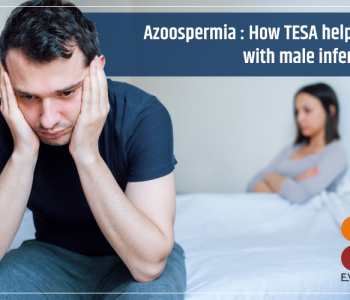 IVF
IVF
Multiple Pregnancies with IVF and methods to deal with…
In recent times, numerous studies have focused on the effectiveness of in-vitro fertilization and its success rate, considering this artificial reproductive technique enables people with little hope of being parents to start their own families.
IVF is considered to be one of the most effective treatments for infertility today. According to data from the Canadian Assisted Reproductive Technology Registry, the average live birth rate after IVF in Canada is around 30 percent.
However, among some of the issues that have been often associated as problem factors in IVF is multiple pregnancies. Earlier, when the technology had yet to reach its current advanced stage, several IVF pregnancies resulted in mothers conceiving twins or triplets. Multiple pregnancies usually resulted from the transfer of more than one embryo into the uterus during the IVF procedure.
Multiple pregnancies with IVF: Understanding the risk factor
At the outset of IVF treatment, women are given injections that boost ovulation so that enough mature eggs are there be retrieved for collection and then fertilization. To improve the chances of conception, oftentimes, more than one fertilized egg used to be transferred to the uterus for the greater surety of pregnancy. Since multiple embryos were transferred to the uterus, chances of pregnancy with more than one fetus used to be high.
Multiple pregnancies could result in the patient developing certain complications, which could affect the health of the mother and the child both.
Aside from IVF, multiple pregnancies used to be common during ICSI, IUI, and other ART treatments as well.
How the risk of multiple pregnancies is contained?
As it is, IVF is considered one of the most effective technologies that also allows higher control in embryo transfer. As evidenced by several case studies in Europe, IVF has been highly effective in reducing the risk of multiple births while maintaining acceptable birth rates.
In the UK, for instance, researchers have developed a computerized multivariate risk assessment model, based on a dataset from the Human Fertilisation and Embryology Authority (HFEA) to gauge the reproductive outcome after IVF, including estimation of multiple births. They claimed that predictive tools would improve consultation and medical informed consent process by tailored outcome assessment to each patient, and reduce the potential for adverse outcomes with IVF.
How is that achieved?
Instead of transferring multiple embryos in one go, experts now suggest parents with good quality surplus embryos go for vitrification and freeze them for future use. That way, they have the reassurance of having multiple chances to try for a baby rather than risking multiple pregnancies, leaving both mother and the children vulnerable.
The advent of more modern technologies has enabled healthcare providers to control the entire IVF procedure to eliminate the scope of multiple pregnancies. These include Elective single embryo transfer (eSET). Using this method, even though the health care provider is able to retrieve more than one healthy embryo during the procedure only a single high-quality embryo is transferred to eliminate the chances of multiple pregnancies.
This has other benefits, too. A recent systematic review based on controlled trials and cohort studies found that eSET was associated with decreased risks of Pulmonary TB and low birth weight.








